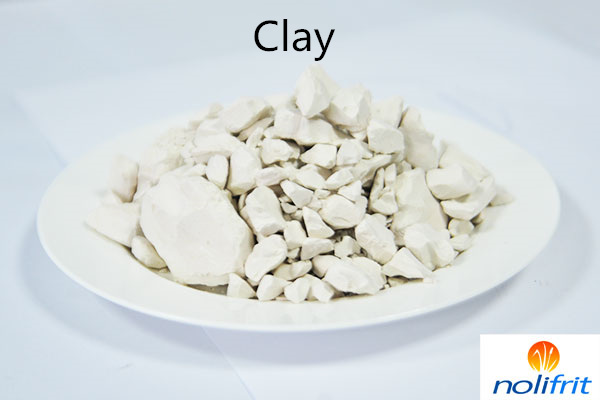Introduction of Common Enamel Milling Additives
Generally speaking, we call some chemical materials added in the process of enamel ball milling as milling additives; and the additives added before and during use of enamel slurry are called enameling additives. Both milling and enameling additives are used to adjust the fluidity of the enamel slurry and overcome the defects that may occur during use. According to the role of milling additives in the enamel slurry, it can be divided into the following categories: suspending agent, retention agent, refractory material, opacifier, enamel pigment, adhesion agent, etc.
Introduction of common enamel milling additives :
1, Suspending agent
Clay (kaolin)
Bentonite (Montorite)
They are minerals weathered from alkaline aluminosilicates. Kaolin is a commonly used suspending agent for enamel. The main component is mineral kaolinite and the chemical composition is Al4(OH)8(Si4O8).

2, Stop-flow agent and decoagulant
Stop-flow agent:
Borax, boric acid, sodium nitrite, potassium chloride
Sodium aluminate, potassium carbonate, sodium fluorosilicate
Magnesium carbonate, magnesium chloride, potassium nitrate, barium sulfate...
Decoagulant:
Citric acid, sodium pyrophosphate...
3, Refractory material:
Quartz, alumina, feldspar, zircon
Refractories are mainly used for enamel ground coat and direct-on enamel. The addition of refractory in the enamel slurry is mainly to expand the firing range and prevent the enamel product from over-burning. After the adhesion layer is formed, the ground coat can be protect cover coat layer in the firing process. The most commonly used materials are quartz powder and feldspar, followed by zircon sand.

4, Opacifier
In addition to using recrystallized opacified enamel frit, opacification of the enamel coating can also be performed by adding bubble forming compounds such as carbonates, hydrates, organic compounds, or effectively by introducing at least one of the following opacifying agents.
Titanium dioxide (TiO2) exists in the form of rutile or anatase, and the amount of about 5% can increase the opacity of the coating. Titanium dioxide will have a negative effect on adhesion, so it cannot be used in ground coat or direct-on enamel.
The above is the related content of the enamel milling additives and enameling additives introduced by Nolifrit. Enamel is a practical science. Fully absorbing the practical experience of the predecessors is of great help to making enamel products, and can save you from making detours. If you have any questions about enamel production, please call Hunan Nolifrit, we will provide you with detailed answers and thoughtful service. For more information, call the hotline +860731-28212426.